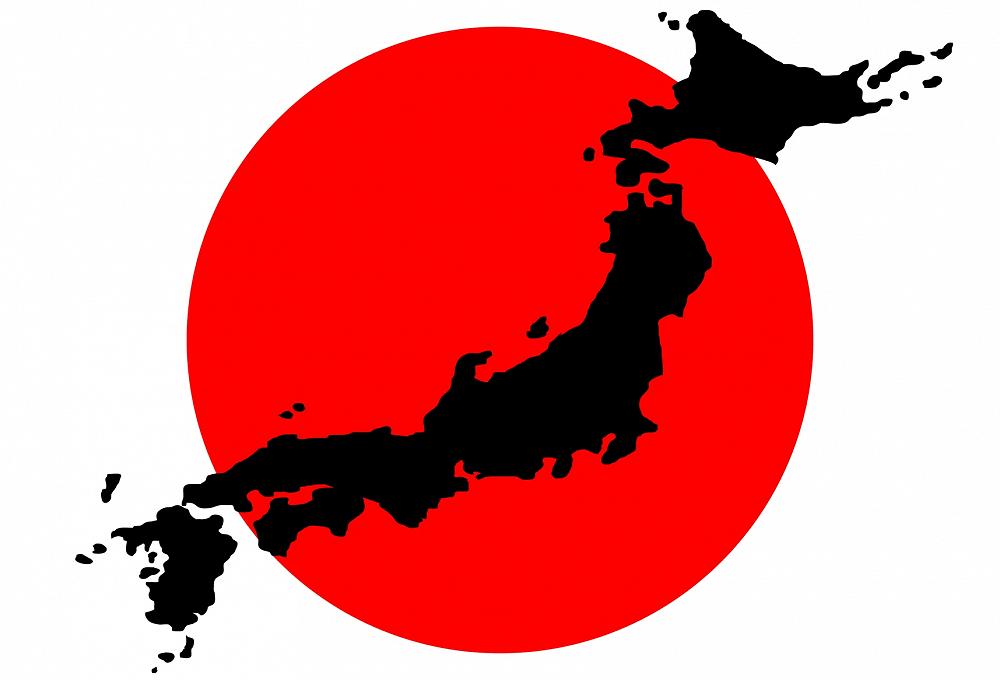
Japan 2017
Day 9: A Day in Hiroshima
By Jalen Dickel and Jihye Moon.
Our Halswell group were all consumed by the enormity of the Hiroshima catastrophe. Arriving at the Atomic Bomb Dome, the Iconic remains of the Industrial Hall, which was destroyed by the atomic bomb during WWII, we were relaxed but with some interest in finding out what had occurred there. As we moved through the Peace Park, on Miyajima Island, we observed the many monuments and were gradually overcome by the enormity of the event that had occurred.
One by one we fell silent and reflective, but never more so than when we came upon a large group of Japanese children silently bowed in front of the Children's Peace Monument, which is a monument for peace to commemorate Sadako Sasaki and the thousands of child victims of the atomic bombing of Hiroshima. Sadako Sasaki was exposed to the bombing at age two, contracted leukemia ten years later and died. Shocked by her death, her classmates put out a national call to "build a monument to mourn all the children who died from the atomic bombing". This was achieved in 1958 with the support of students in more than 3,100 schools around Japan and in nine other countries.
On the top of the three-legged pedestal stands the bronze figure of a girl holding up a gold-coloured "folded" crane. On opposite sides of the pedestal are suspended boy and girl figures symbolizing a bright future and hope. On the stone underneath the pedestal is inscribed,
"This is our cry.
This is our prayer.
For building peace in this world."
An American Perspective - By Jalen Dickel
At 8:15 a.m on 6th August 1945 America dropped a uranium gun type atomic bomb on the southern Japanese port city of Hiroshima. Four years earlier on the 7th of December 1941 the Japanese bombed the American Navy Fleet in Pearl Harbour killing more than 2000 people. This brought America into WWII. Four years on and seeking a way to bring the war to an end the Americans dropped the first A bomb, a 100 megaton bomb on Hiroshima.
Around 70,000–80,000 people, were killed by the blast and another 70,000 injured. Over next 5 months this increased to 146,000, which rose to over 400,000 over time. Radioactivity was present 1 minute after the explosion. Anyone within 1 kilometre of the hypocentre, within 100 hours of the explosion, were seriously affected and those who were not exposed to the initial radiation, but entered the city to help injured victims or search for relative were affected by radiation.
Black rain fell 20 minutes after the explosion for two hours and deposited radioactive fallout up to 19 kilometers away from the epicentre.
The Hiroshima Incident through Korean eyes.
Jihye Moon
As a Korean National I was intrigued to find a monument to the Koreans who were victims or survivors of the blast. Korea had become a colony of Japan in 1910. During the war, Japan forced as many as 670,000 Korean conscripts to go to Japan to work as forced labour. About 100,000 Koreans were living in Hiroshima as soldiers, civilians, and mobilised students when it was bombed. Koreans were known for being hard working. An estimated 20,000 were killed. The Korean victims were not given funerals or burials.
For many years, Korean survivors had a difficult time fighting for the same recognition as Japanese survivors. The Japanese didn’t give them anything!
